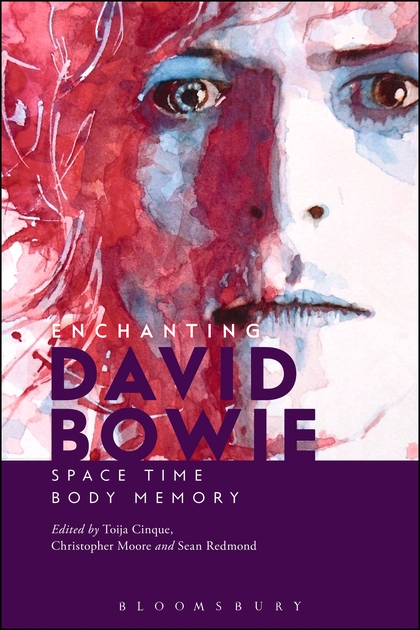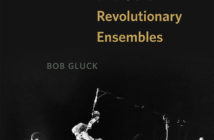The news of David Bowie’s recent passing was jolting and unexpected. The global response was not. Bowie’s decades of exposure as a creative force was certainly one factor in embedding him in our collective minds. But more so it was his constant reinvention that allowed so many entry points into his work. Glam rocker. Actor. Angular electro pop. Avant Metal. Sauve pop crooner. Add your own description, you know there are dozens more.
Bowie didn’t construct authenticity in a traditional sense like a Dylan or Springsteen. In fact he once said that he felt more like “a collection of other people’s ideas”. But it was this obviously genuine desire for exploration and recontextualisation that propelled his career. He wasn’t rebranding himself for new markets, nor did he try to maintain a fanbase. Bowie fearlessly chased his muse and was loved for it.
Bowie’s constant shapeshifting makes a perfect postmodern storm for critical analysis. “Enchanting David Bowie: Space, Time, Body, Memory” is a new addition to the growing body of Bowie-centric academic work. Released in mid-2015 and edited by Australian academics Toija Cinque, Christopher Moore and Sean Redmond, “Enchanting David Bowie” is a collection of essays that examine many layers of Bowie.
Some familiar areas are addressed with fresh vigour. Bowie’s relationship with his alter egos Ziggy Stardust and The Thin White Duke et al are reconsidered as is Major Tom – does Bowie sing “apeculiar” or “uh peculiar”? Does it matter? Yes, it does. “Enchanting David Bowie” also extends its gaze. Album covers – and Bowie’s own artworks – are scrutinised for meaning. Moore’s essay on Bowie’s ahead-of-the-game embrace of the mash up is fascinating. And Bowie Berlin Tourism? Yes, it’s a thing.
Good academic writing is able to present a well-considered argument whilst leaving room for debate. When reading D’Adamo’s essay – positing ‘Young Americans’ as Bowie’s sole political/emotional anthem – I found myself asking aloud “But what about ‘Heroes’? What about Tin Machine?”.
One common criticism of popular music/artist analysis is that the music itself is rarely examined as a text in its own right, and this book proves little exception. Naiman and October include some excellent observations within their respective essays (both curiously drawing on the Berlin Trilogy). But these concessions aside, “Enchanting David Bowie” pays very little attention to Bowie’s sonic artefacts. To be fair, the volume insists that Bowie is an exceptionally multi-faceted subject. Rightly so. Nonetheless, some extra exploration of Bowie’s ever shifting songcraft and use of timbre would be welcome.
This criticism aside, “Enchanting David Bowie” is an engaging and meaty read. Its contributors – like Bowie himself – tackle a broad range of ideas with substance and style.




